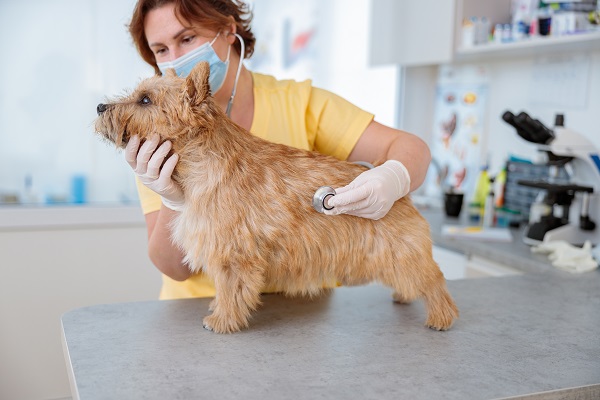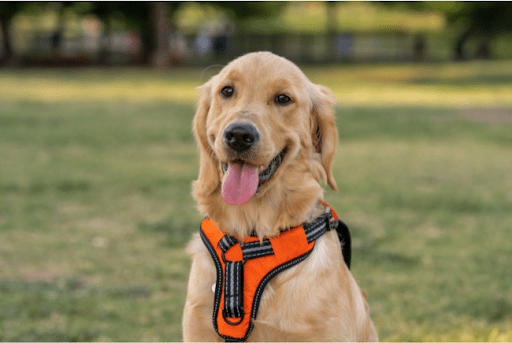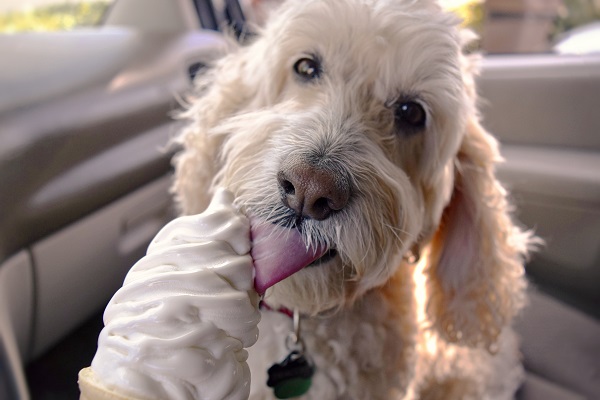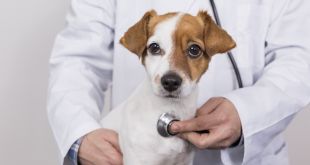Brachycephalic Obstructive Airway Disease (BOAS), also called Brachycephalic Syndrome, affects short-nosed canines (Brachycephalic dogs), thus causing trouble breathing due to narrow or small nostrils. The narrowing restricts the amount of air that flows into the nostril. It means the affected dogs cannot breathe normally significantly compromises their well-being.
BOAS is a progressive and lifelong disorder affecting an animal’s ability to breathe, eat, exercise, play, sleep and engage in other activities in life.
Which Breed of Animals Is Affected by Brachycephalic Obstructive Airway Disease?
- English Bulldogs
- French Bulldogs
- Shih-Tzus
- Pugs
- Boxer dogs
- Lhasa Apsos
- Boston Terriers
- Bull Mastiffs
- Chinese Shar-Pei
- Pekingese
- Brussels Griffon
- Brasileiro
- Chow Chow
- Cavalier King Charles Spaniel
- Affenpinscher
- Dogue de Bordeaux
- Staffordshire Bull Terrier
- Cane Corso
- Japanese Chin
What Are the Unique Characteristics of Brachycephalic Dogs?
- Brachycephalic dogs have short noses and compacted skulls.
- The nasal cavities are much shorter, restricting the airflow when they breathe. Extra effort is required to breathe normally. Most affected dogs rely on open-mouth breathing, especially when they are excited, stressed, or hot.
- These breeds have flat faces that cause malformed airways and difficulty breathing.
- A compacted skull indicates an elongated soft palate. It further creates soft tissue at the rear side of the throat. The long and thick soft palate partially covers the opening of the windpipe when the dog is taking a breath, minimizing the amount of air required to inhale and thus causing a snorting sound. It further blocks the airways, making it extremely difficult for the animals to breathe.
- The windpipe of brachycephalic dogs does not properly develop and restricts the air into the lungs. It leads to the animals struggling to take in more air with each breath.
- In a worse scenario, BOAS can also cause the airways to collapse. Particularly the larynx, the cartilage flaps that sit at the entrance of the windpipes.
- Brachycephalic dogs may also develop gastrointestinal problems resulting from their breathing difficulties. Sometimes the problem may also lead to gagging, vomiting, and regurgitation.
- The pharynx is the back area of the mouth and the entrance to the larynx. The muscles of these areas can become enlarged due to the altered pressures in the upper airway.
- BOAS can also lead to acid reflux from the stomach into the esophagus- the food pipe. It could also lead to inflammation of the esophagus and sometimes stomach ulceration.
- The effects of BOAS can also lead to heart failure.
What Are the Symptoms of BOAS?
Stenotic nares or narrow nostrils
Brachycephalic dogs cannot breathe through their nose because their nostrils are narrow and collapse inward when they breathe in. Stenotic nares in Brachycephalic dogs cause nasal discharge that further deteriorates the airflow through their nose.
Noisy breathing
Brachycephalic dogs and cats make unusual noisy sounds, such as snorting or gagging, when they breathe. Most BOAS-affected dogs snore when they sleep as well as awake.
Read Also: 3 Common Dog Mouth Diseases
Digestive problem
BOAS-affected dogs often vomit, regurgitate and gag during eating and drinking. It happens due to the additional tissue of the soft palate that obstructs the swallowing of food and liquid, thus resulting in accidental inhalation of food and liquid. Consequently, some of them can develop pneumonia that further worsens breathing.
Disturbed sleep
Those who are suffering from BOAS experience sleep deprivation. When they fall asleep, the extra tissue and the soft palate relax and impede the flow of air even more than it does when they are awake. It leads the animal to choke and stay wide awake. As a result, the dogs remain sleep deprived for a prolonged period. Lack of sleep ultimately leads to behavioral issues.
Intolerant to exercise
BOAS-affected dogs experience difficulty in breathing. They struggle to breathe fresh air and meet the required level of oxygen. As the intake of oxygen level increases during exercise, the BOAS-affected animals struggle to maximize their air inhalation.
Such a situation can lead to a severe health condition like cyanosis, in which their gums turn blueish-purple. It is a life-threatening condition and may also result in the collapse of the animal. Animals severely affected by BOAS often collapse after exercise or nominal exertion.
Intolerant to heat
The nasal cavity in animals, especially dogs, plays a vital role in their ability to cool down in the heat. BOAS–affected animals have short and narrow nasal cavities and are incapable of regulating their body temperature and cooling themselves down in hot and heated conditions. It increases their risk of heatstroke due to overheating of the body.
Reverse sneezing
When the additional soft tissues of the soft palate cause throat infection, it could lead to reverse sneezing in BOAS-affected animals. Although the incidents of reverse sneezing only last a few seconds, they may sometimes continue for a prolonged period.
Read Also: 8 Most Common Deadly Dog Diseases
How is Brachycephalic airway syndrome diagnosed?
BOAS syndromes are diagnosed based on the clinical signs and results of physical examination. For instance, diagnosis of an elongated soft palate, everted laryngeal saccules, or other associated anatomical changes require heavy sedation or anesthesia. Other issues like stenotic nares can get diagnosed on visual inspection. However, animals affected with BOAS have an increased risk of complications associated with general anesthesia.
Veterinarians also recommend surgery to give the animals a better quality of life. Surgical treatment can widen the nostrils to enhance the ability of your dogs or cats to breathe through their nose.
Surgeons can also shorten the soft palate and make it thin, opening up the airway passage to allow better airflow. Sometimes, the treatment can include partial removal of tonsils to improve the ability of the BOAS-affected dog to breathe normally.

 DogExpress
DogExpress




















 in Chandigarh, India.
in Chandigarh, India. 
